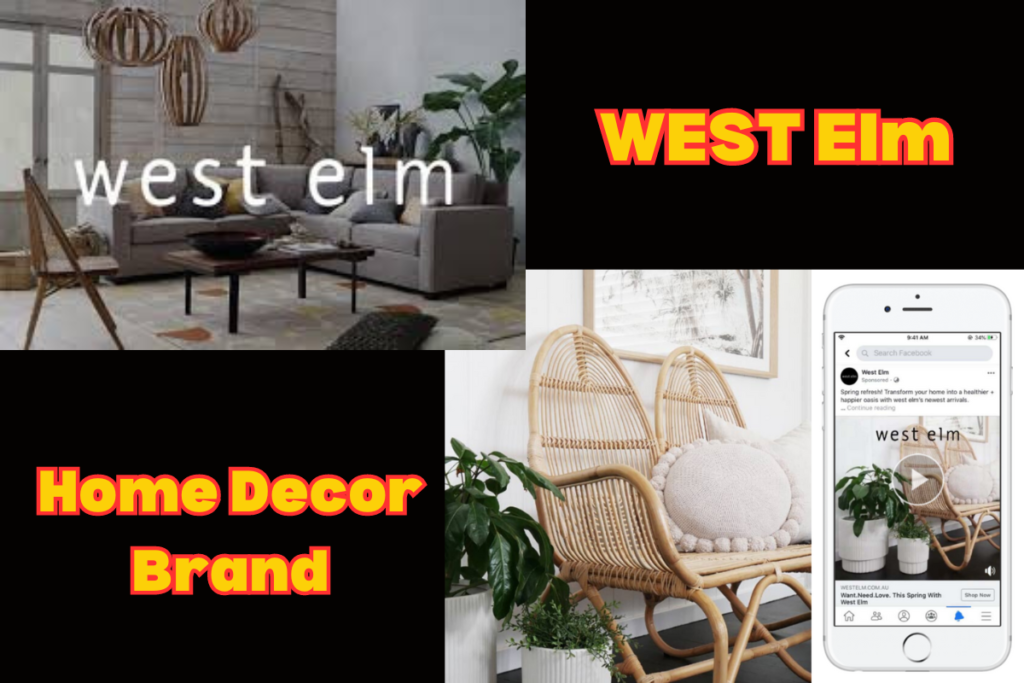Transform Your Home Decor Brand with Influencer Marketing: Success Stories & Strategies:

In today’s competitive market, home decor brands are continuously seeking innovative ways to captivate and retain customers. One of the most effective methods to achieve this is through influencer marketing. Leveraging the influence of social media personalities can significantly boost brand visibility, credibility, and sales. In this comprehensive guide, we will explore successful influencer marketing strategies specifically tailored for home decor brands, along with inspiring success stories that demonstrate the potential of this powerful marketing tool.
Why Influencer Marketing is Essential for Home Decor Brands?
Influencer marketing has become a cornerstone for modern advertising, especially in the visually-driven home decor industry. By collaborating with influencers who have a loyal following, brands can tap into pre-existing audiences that trust and value the influencers’ opinions. This trust translates into higher engagement rates and conversion rates for the brand’s products.
1. Building Authentic Relationships:
Authenticity is key in influencer marketing. Home decor brands must seek out influencers whose aesthetic aligns with their own. This alignment ensures that promotional content appears genuine rather than forced, fostering a more authentic connection with the audience.
2. Leveraging Visual Platforms:
Platforms like Instagram, Pinterest, and YouTube are perfect for home decor brands due to their visual nature. Influencers on these platforms can showcase products in real-life settings, providing potential customers with ideas and inspiration on how to incorporate these products into their own homes.
Strategies for Effective Influencer Marketing:
1. Identifying the Right Influencers:
Finding the right influencers involves more than just looking at follower counts. Brands should consider:
Engagement Rates: Influencers with high engagement rates often have a more dedicated and active audience.
Aesthetic Compatibility: The influencer’s style should complement the brand’s image and values.
Audience Demographics: Ensure the influencer’s followers match the brand’s target demographic.
2. Crafting a Compelling Campaign:
Once the right influencers are identified, it’s crucial to design a campaign that resonates with both the influencer’s and the brand’s audiences. Key elements include:
Clear Objectives: Define what success looks like, whether it’s brand awareness, increased sales, or social media engagement.
Creative Freedom: Allow influencers the freedom to create content in their unique style. This autonomy often leads to more genuine and impactful content.
Incentives: Provide incentives for influencers, such as exclusive discounts for their followers or commission on sales generated through their unique links.
3. Measuring Success:
It’s essential to track the performance of influencer marketing campaigns through various metrics, such as:
Engagement Rates: Likes, comments, shares, and saves on social media posts.
Traffic and Sales: Use UTM parameters and affiliate links to measure the traffic and sales driven by influencers.
Brand Mentions and Hashtags: Monitor the usage of branded hashtags and mentions to gauge the campaign’s reach and impact.
Success Stories of Influencer Marketing in Home Decor
Case Study 1: West Elm and Instagram Influencers:

West Elm, a popular home decor brand, collaborated with various Instagram influencers to showcase their products in everyday home settings. By partnering with influencers who had a keen eye for interior design, West Elm was able to present their products in a highly relatable and appealing manner. The campaign resulted in a significant increase in website traffic and sales, demonstrating the power of well-executed influencer collaborations.
Case Study 2: IKEA’s User-Generated Content Campaign:

IKEA leveraged user-generated content (UGC) by encouraging their customers and influencers to share photos of their IKEA-furnished homes using a branded hashtag. This strategy not only increased engagement but also provided a vast library of authentic content for IKEA to use in their marketing efforts. The campaign boosted IKEA’s social media presence and strengthened their community of brand advocates.
Case Study 3: Anthropologie’s YouTube Collaborations:
Anthropologie, a brand known for its eclectic home decor, partnered with YouTube influencers to create detailed home tour videos. These collaborations allowed viewers to see Anthropologie products in real-life settings, offering inspiration and driving traffic to the brand’s website. The visual and immersive nature of YouTube content played a significant role in enhancing brand perception and customer engagement.
Best Practices for Home Decor Influencer Marketing:
1. Develop Long-Term Partnerships:
Long-term partnerships with influencers are often more beneficial than one-off collaborations. They help in building stronger brand affinity and provide influencers with a deeper understanding of the brand, leading to more genuine and impactful content.
2. Encourage Storytelling:
Encouraging influencers to share personal stories and experiences with your products can create a more emotional connection with the audience. Storytelling can make the brand more relatable and memorable.
3. Utilize Multi-Platform Strategies:
Diversifying influencer campaigns across multiple platforms can maximize reach and engagement. While Instagram and Pinterest are highly visual, platforms like YouTube and TikTok can offer more in-depth and interactive content.
4. Provide Exclusive Content and Offers:
Offering influencers exclusive content or limited-time offers can create a sense of urgency and exclusivity, driving higher engagement and conversions.
5. Engage with the Audience:
Active engagement with the audience through comments, likes, and shares can amplify the impact of influencer campaigns. Responding to questions and feedback shows that the brand values its customers and is committed to building a community.
Conclusion
Influencer marketing is a powerful tool for home decor brands looking to enhance their visibility and connect with their target audience. By building authentic relationships with influencers, crafting compelling campaigns, and measuring success effectively, brands can unlock significant growth and engagement. The success stories of West Elm, IKEA, and Anthropologie illustrate the potential of well-executed influencer marketing strategies.
Related Posts
- Best AI for Video Generation Free 2025: Ultimate Guide + Top Picks
- How to Get Invite Code for Sora 2 (2025): The Ultimate Step-by-Step Guide
- Influencer Marketing for Travel Industry 2025
- Top 10 Motivational YouTubers in India-Must Follow in 2025
- Boosting Health & Fitness Brands with Influencer & UGC Marketing
